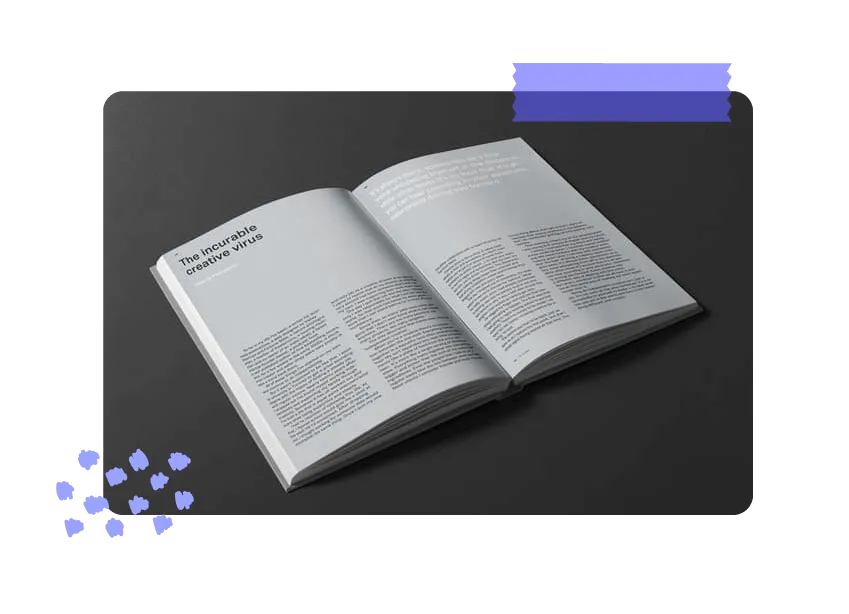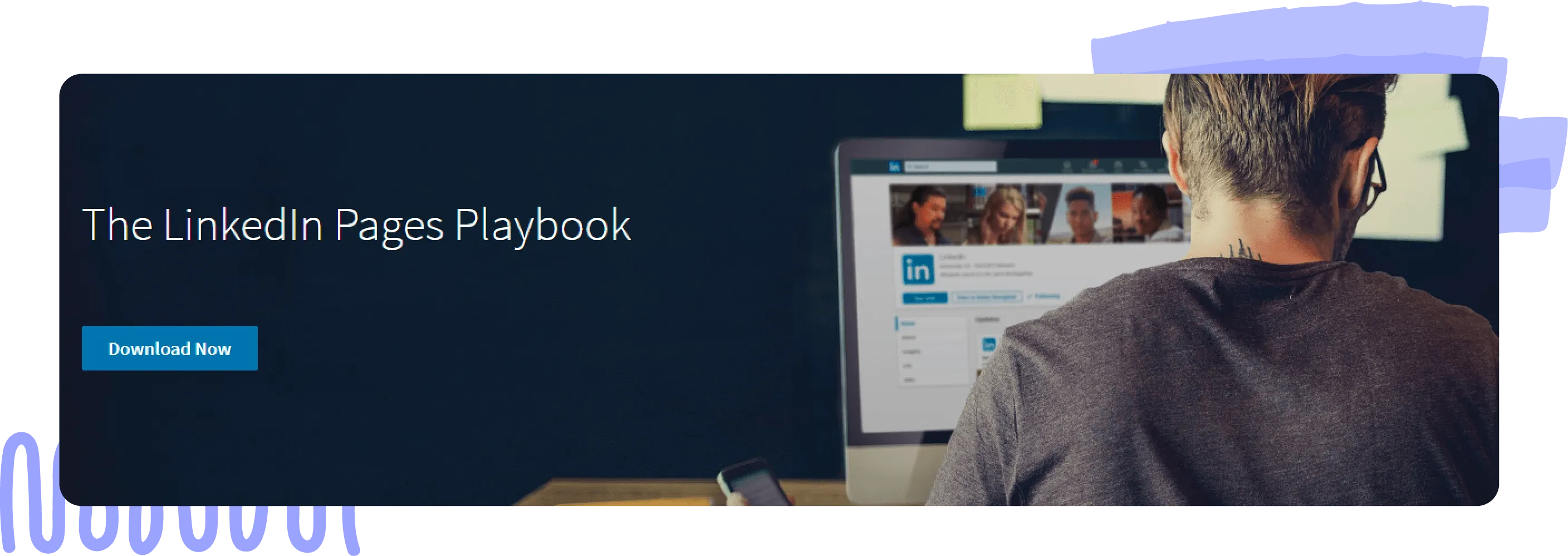

Examples of great product launches
Our second lesson brings your foundational knowledge to life with plenty of real-world product launch examples, from Apple to LinkedIn. The mission: spark your creativity and inspire you to deliver a noteworthy product launch of your own.

Examples of great product launches
Now that we’ve hammered home how important product launches are, let’s get to the good stuff. Any visual learners out there? Feast your eyes of these kick-ass, real product launch examples:
Apple leaned into its brand
Apple has built an empire on technology that’s not just functional but also designed with clean, simple lines, making it sleek and desirable. When the tech giant launched its AirPods Pro, its announcement email reflected that style.

It should be no surprise that Apple led with aesthetics for their product announcement introducing their AirPods Pro. Since Apple is known for being design-centric, this email showcases their strengths. Plus, we know that people’s attention spans are getting shorter, and visual content can hold it longer since it’s more engaging and easier to digest.
To make your own product launch email stand out, try creating an experience within the email that not only represents your brand but also creates excitement. Fewer words and more images will often lead to a quicker understanding of what your message is all about.
GetResponse was all about the data
With their new Website Builder—a monumental new product release for the company—in its “early access” phase, the GetResponse team’s top priority was gathering data. They sought to understand how users were engaging with the new product in order to accelerate product development, as well as to inform its audience segmentation and launch day messaging.
The team first used that usage data to target feedback surveys to specific segments of users. With user feedback flowing in, GetResponse’s user experience (UX) team knew what changes they needed to make for which types of users.

With a rapid user feedback loop in place, the team was able to deliver a hugely successful product launch even earlier than originally planned. We’d call that a win.
As importantly, GetResponse relied on usage data to inform audience segmentation and messaging on launch day. For example, messaging to users who’d accessed the Website Builder during its early-access phase was focused on re-engagement, compared to more general launch messaging aimed at driving initial awareness.
Unsplash partnered with influencers
Purveyor of free, high-res images Unsplash wanted to create a book of images and essays from some Unsplash creators to thank its creators for their work, but it needed funds to do so. Where do you go when you need to raise funds for a product launch?
Kickstarter, of course.
Unsplash needed to raise $75,000 for the project. To raise awareness and the needed funds, it partnered with the very people whose work would be featured in the book: influential industry creatives.

Partnering with influencers is a powerful way to promote your product launch. A Nielsen Catalina Solutions and TapInfluence study reveals that influencer content can result in an ROI 11 times higher than that of traditional campaigns.
According to the study, an impression in influencer marketing represents someone who is “truly engaged.” “The Halo effect carries over to the brand the influencer creates content for,” the report states. “Not so with display ads. People know that ads on the side rail of an influencer’s site are not associated or endorsed by the influencer so there is no halo.”
That halo shined for Unsplash. The company raised over $100,000 for its book, which in turn helped promote not only Unsplash but also all of the creators whose work was featured in the book.
LinkedIn leaned into content
LinkedIn’s launch of LinkedIn Pages, a new way (at the time) for companies to post updates, jobs, and more, stands out primarily because of the content they created and released to support it.
In addition to a launch blog post and video, LinkedIn created three key content assets that educated companies on how to use the new feature and build a stronger company presence on their platform. The basis was an interactive LinkedIn Pages landing page that taught visitors best practices for using the new feature. It was full of GIFs, helpful tools, and new resources like its LinkedIn Pages Playbook and Organic + Paid Playbook.

We love this approach. The LinkedIn Pages Playbook was a downloadable PDF guide to creating a new LinkedIn Page. It included “insider tips” and best practices to increase engagement and get results. The Organic + Paid Playbook took it a step further, offering best practices for marketing your business on LinkedIn. Clever, right?
By creating this type of content and promoting it alongside the new feature, LinkedIn was able to attract even more businesses to use LinkedIn Pages while also improving their existing users’ experiences with the platform. Smart. We promise you this: your new product launch will be a whole lot more successful—and the impact far-longer lasting—if your customers actually adopt and derive value from it.
Now that you’ve seen a handful of great product launch examples, you’re ready to dive into the process of launching a new product. Lesson 3 will show you how to set the stage for success by getting involved early and building a proper launch foundation. Let’s do it!


